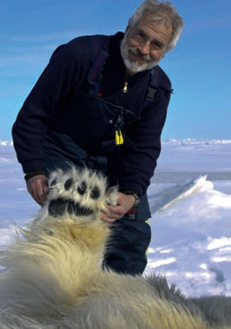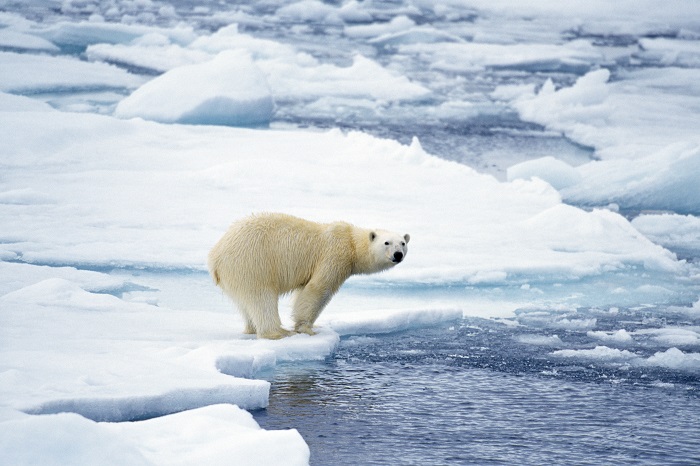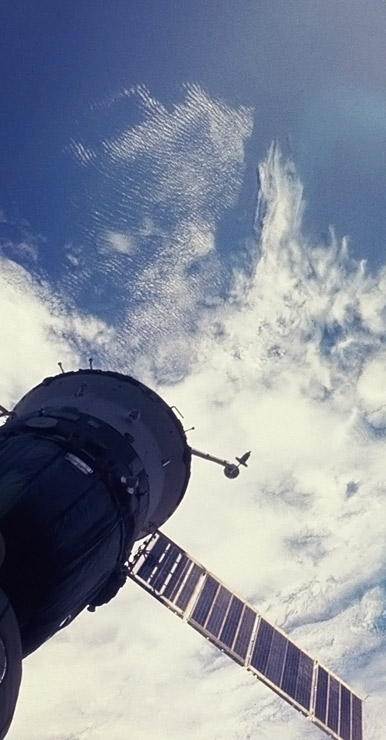From now until 2050, polar bear populations will diminish by 3/4 due to global warming. Since 1981, 900 bears have been tracked with ARGOS by CLS.
Global warming in the Arctic means that ice fields are forming later and later in the year. Polar bears linger for longer on the coastlines. Their hunger pushes them to venture increasingly into Inuit villages, rummaging through dustbins, ravaging landfill sites, prowling around houses in search of food. As this phenomenon grows more frequent, the Inuit believe the species is not at risk. It’s easy to jump to this kind of conclusion if you don’t study a species in its entirety, if you don’t have perspective.
This is where CLS and satellites come into play. The study of highly migratory species or animal populations living in extreme environments can in fact only be done from space. In 1978, CNES, NASA and NOAA created the ARGOS satellite location and environmental data collection system. Data from the system is acquired, processed and shared by CLS with the international scientific community. Each month, the company tracks over 8,000 animals. More than 100,000 have been monitored since the 1980s. Here is an overview of the impact of climate change on biodiversity, as seen from space.
900 bears have been observed by satellite thanks to the Argos system

900 bears have been observed from space, with over the equivalent of 300 years of tracking data by CLS. Conclusion: since the ’90s, the polar bear’s hunting habitats have been altered, reduced and spread out considerably.
To find food, the bear must travel further afield. In the 90s, he travelled a few hundred kilometers, but today a polar bear can cover over 1,000 km in a single week of hunting, costing him considerable energy expenditure.
The distribution of female bears’ dens has also changed. Since the quality of snow has deteriorated, the dens do not last as long.
A species classified as threatened
All this data led to the polar bear, ursus maritimus, being classified as an endangered species in 2008. Despite this measure, scientists forecast that between now and 2050, the population of the polar bear will diminish by three quarters, dropping from 25,000 individuals to 5,000.
To complete this news, we invite to read “Climate & biodiversity, two linked fates“



